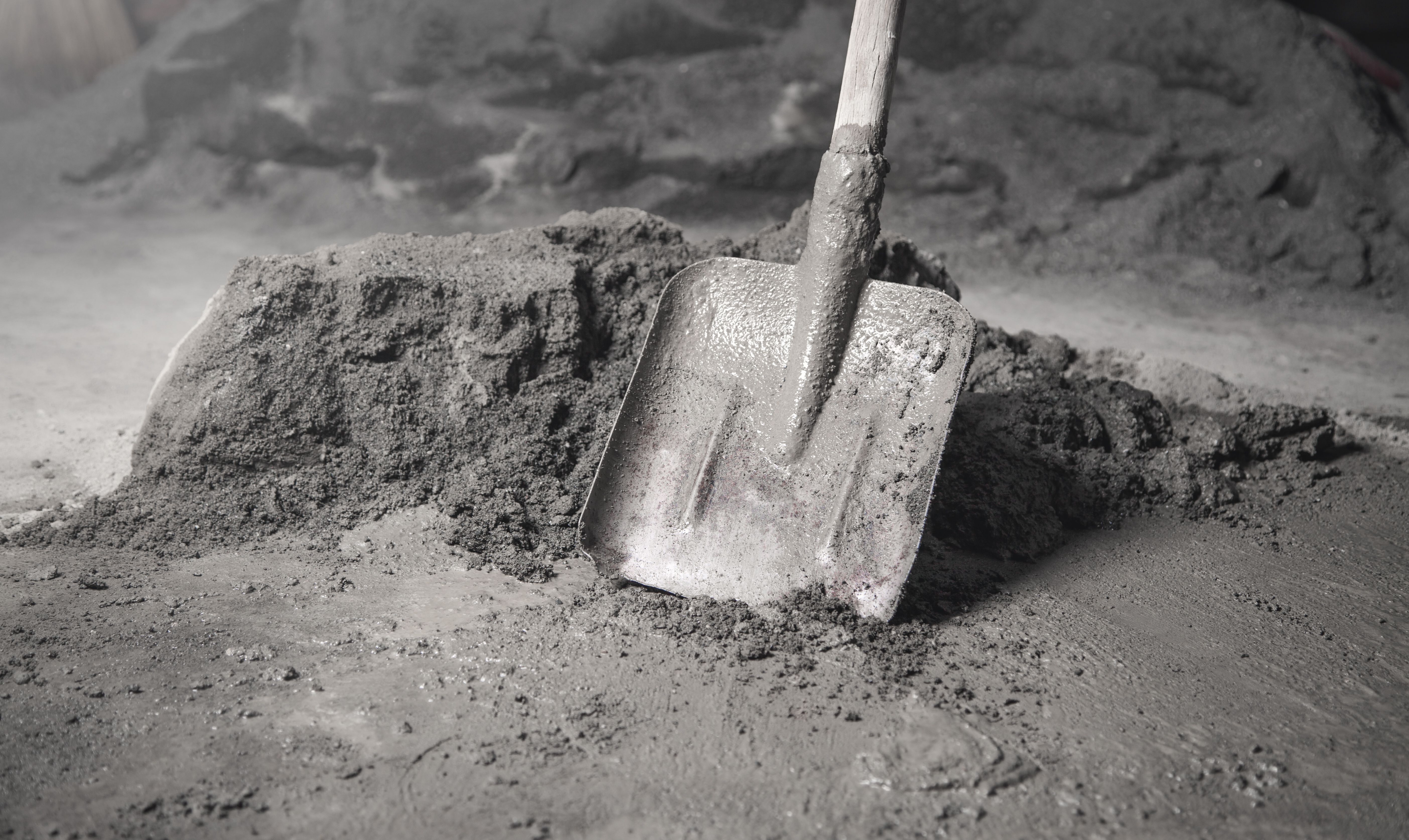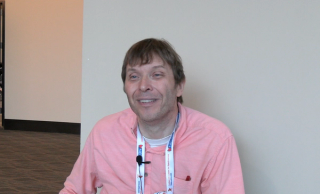
LIBS
Latest News
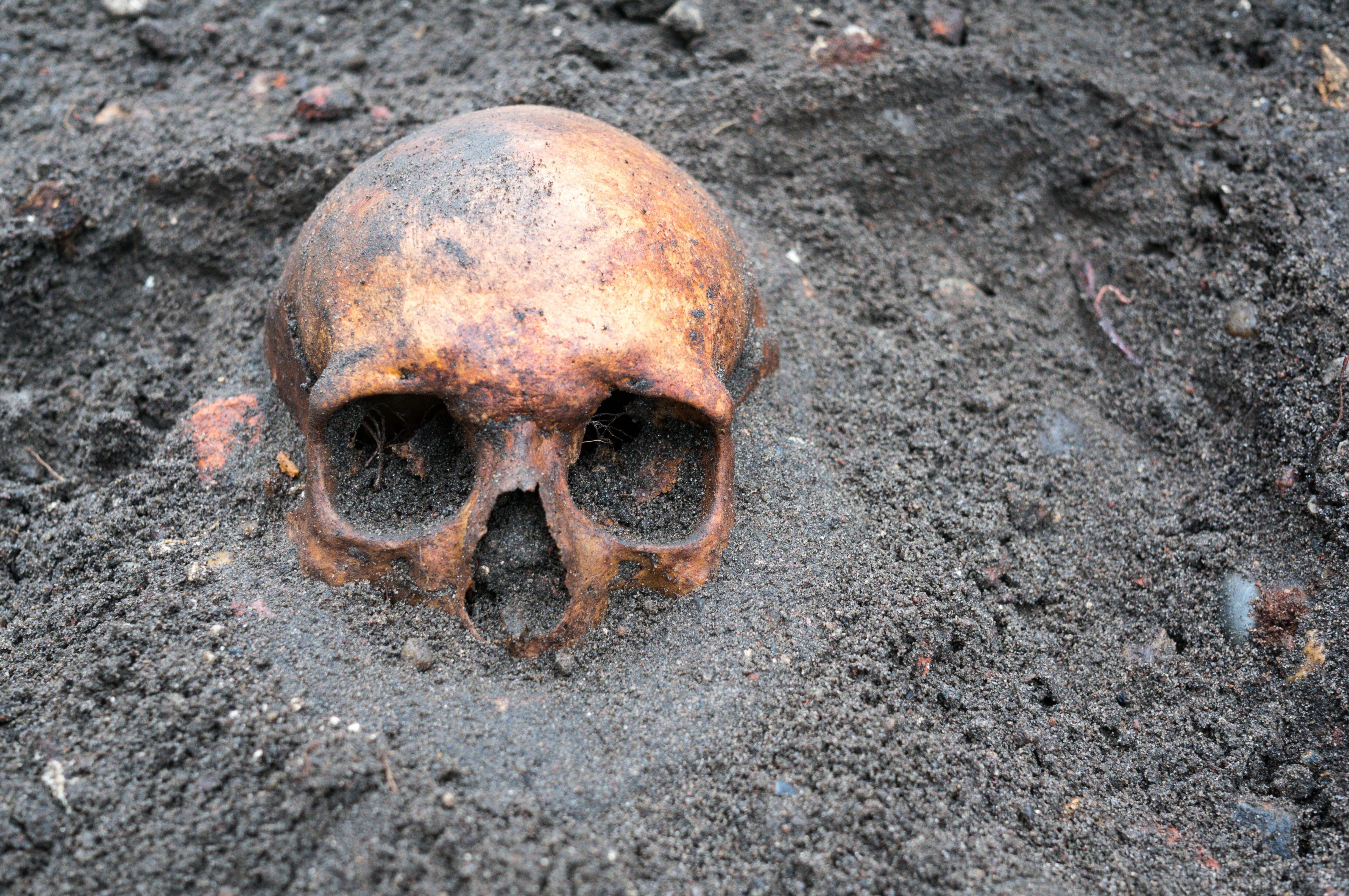
Latest Videos
More News

Researchers at Tianjin University of Technology develop a rapid, in situ technique for identifying adulteration in starch sausages using laser-induced breakdown spectroscopy.
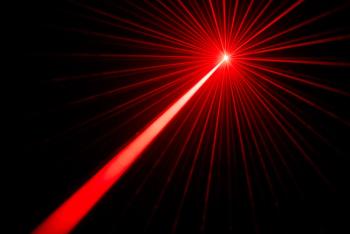
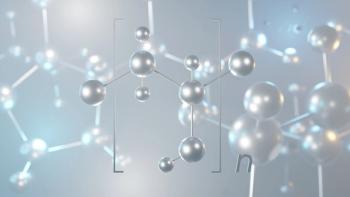
Surface hardness is one of the most important parameters which describes the degree of aging in polyvinyl chloride (PVC) cables. In this work, the hardness of PVC sheathing material was studied using laser-induced breakdown spectroscopy (LIBS).
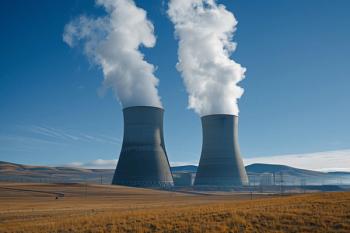
Researchers in South Korea demonstrate a fast and reliable method for measuring lithium isotope abundance using dual-laser plasma technology.
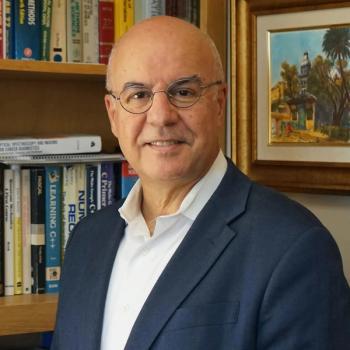
Noureddine Melikechi, dean of the Kennedy College of Sciences and professor at the University of Massachusetts Lowell, shares his work on the early detection of diseases like epithelial ovarian cancer and Alzheimer’s.
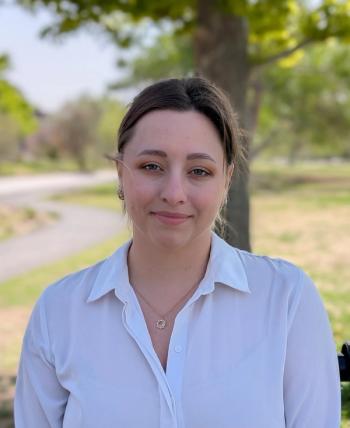
In this extended Q&A interview, we sit down with Kelsey Williams, a postdoctoral researcher at Los Alamos National Laboratory (LANL), who is working on planetary instrumentation using spectroscopic techniques such as laser-induced breakdown spectroscopy (LIBS) and laser ablation molecular isotopic spectrometry (LAMIS). In the final part of our conversation with Williams, she discusses how laser-based spectroscopic techniques might be used in the future to advance space exploration.

In this extended Q&A interview, we sit down with Kelsey Williams, a postdoctoral researcher at Los Alamos National Laboratory (LANL), who is working on planetary instrumentation using spectroscopic techniques such as laser-induced breakdown spectroscopy (LIBS) and laser ablation molecular isotopic spectrometry (LAMIS). In Part III, Williams goes into detail about ChemCam and SuperCam and how LIBS is used in both these instruments.

In this extended Q&A interview, we sit down with Kelsey Williams, a postdoctoral researcher at Los Alamos National Laboratory (LANL), who is working on planetary instrumentation using spectroscopic techniques such as laser-induced breakdown spectroscopy (LIBS) and laser ablation molecular isotopic spectrometry (LAMIS). In Part II of our conversation with Williams, she talks about the potential of mass spectrometry (MS) in space exploration applications.

In honor of National Space Day, we interviewed Kelsey Williams, who is a postdoctoral researcher at Los Alamos National Laboratory (LANL) working on planetary instrumentation using spectroscopic techniques such as laser-induced breakdown spectroscopy (LIBS) and laser ablation molecular isotopic spectrometry (LAMIS). In Part I of our interview with Williams, she discusses how her background led her to her current position at LANL.
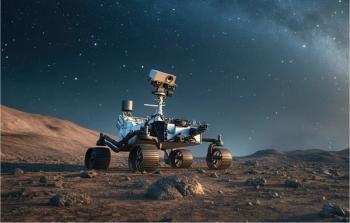
In this interview, S. Michael Angel, a consultant on the SuperCam team, explains how the instrument analyzes Martian rocks and what it reveals about Mars’ geology and potential for past life.

Noureddine Melikechi, dean of the Kennedy College of Sciences at the University of Massachusetts Lowell, discusses his work analyzing spectroscopic data collected by the Chemistry Camera (ChemCam) aboard NASA’s Curiosity Rover.
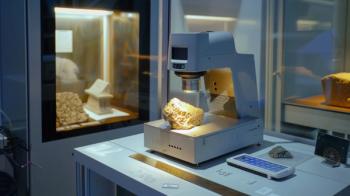
Researchers from Tsinghua University and Qinghai University have uncovered how specific ambient gas properties affect the stability and accuracy of laser-induced breakdown spectroscopy (LIBS) signals.
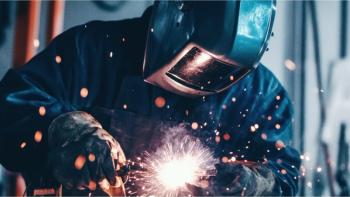
A new dual-spectroscopy approach reveals real-time pollution threats in indoor workspaces. Chinese researchers have pioneered the use of laser-induced breakdown spectroscopy (LIBS) and aerosol mass spectrometry to uncover and monitor harmful heavy metal and dust emissions from soldering and welding in real-time. These complementary tools offer a fast, accurate means to evaluate air quality threats in industrial and indoor environments—where people spend most of their time.
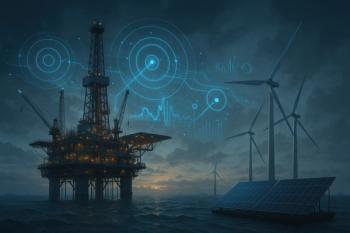
A recent study conducted by researchers from the Korea Institute of Fusion Energy and Jeonbuk National University presented a novel technique for analyzing lithium isotopes in liquid samples.
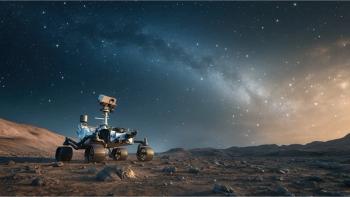
Using LIBS, infrared, and Raman spectroscopic techniques scientists detect quartz and hydrated silica, hinting at past Martian water activity and potential biosignatures

A new study published in Talanta introduces SYSPECTRAL, a portable multi-spectroscopic system that can conduct non-invasive, in situ chemical analysis of cultural heritage materials by integrating LIBS, LIF, Raman, and reflectance spectroscopy into a single compact device.
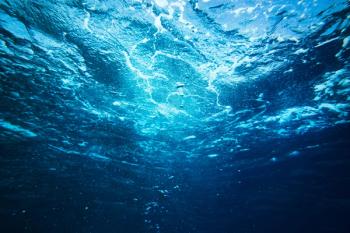
Researchers develop a rapid method for measuring calcium and magnesium in surface water accurately.
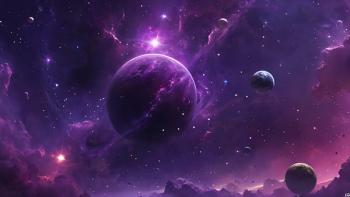
A new study in Icarus by Fabian Seel and colleagues at the German Aerospace Center (DLR) reveals how atmospheric conditions significantly impact LIBS plasma behavior.
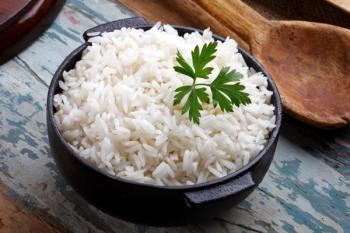
This research investigates the application of laser-induced breakdown spectroscopy (LIBS) and machine learning (ML) for detecting elemental composition of food, using rice as an example.
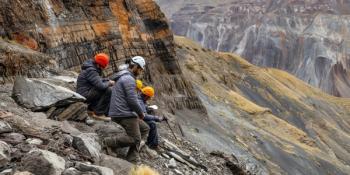
A research team from China has developed a portable LIBS device integrated with machine learning to achieve improved accuracy in rapid, in situ rock classification for geological exploration and petroleum logging.
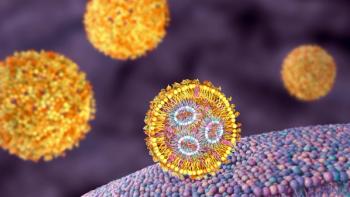
Researchers from the Harbin Institute of Technology and Harbin Medical University Cancer Hospital have demonstrated how optimizing silver nanoparticle concentrations can mitigate the coffee-ring effect in nanoparticle-enhanced laser-induced breakdown spectroscopy (NELIBS), improving the accuracy of elemental analysis in bioliquid samples.
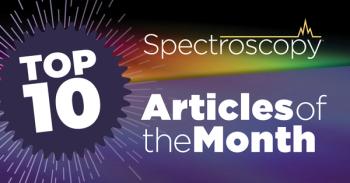
The most viewed Spectroscopy DOI-registered articles from January 2025.
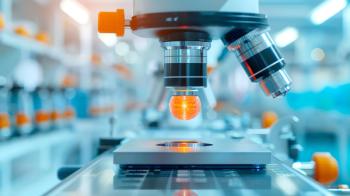
A recent study explored how laser-induced breakdown spectroscopy (LIBS) signals are influenced by ambient gas properties.

Top articles published this week include two peer-reviewed articles that explore optical detection technology for seed vigor and classifying flowers, as well as a profile on Benjamin Manard, who was recognized as the winner of the 2025 Emerging Leader in Atomic Spectroscopy.

In this study, laser-induced breakdown spectroscopy (LIBS) was applied in conjunction with principal component analysis (PCA) to identify and classify flower species.


